Last week, I talked a bit about kids, risk, and our overprotective culture. This started me thinking about the current rage and appetite for films and novels produced for a YA audience that center on the overthrow of dystopic regimes, and all that got me wondering about the psychological concerns these things might be speaking to in terms of child development. I can’t help that kind of cognitive jump; I’m a shrink. But a long time ago—years back—I used to really groove on studying this kind of stuff: that is, how films and television shows were structured, not just in terms of cinematography but general plot points, story arcs, and what all that might say about the developmental “age” of the narrative.
Think about it a second. A narrative structured around the concerns of a latency-aged kid is vastly different from one that echoes more adolescent concerns. That’s not to say that the films themselves must have kid or teen protags. In fact, a lot of the time, they don’t. But that doesn’t mean that the stories themselves don’t focus on the things that are important to kids of a certain age, or that these same issues won’t resonate with the older teens, young adults, and adults who read/see them because they’re all deeply embedded in our psyches. In other words, we lived the epochs, and psychological memory is long. For example, The Wizard of Oz is a great film in its own right; adults love it just as much as kids do. But, developmentally, it’s actually a very regressive narrative for a whole slew of reasons, some of which I’ll talk about.
At the time I started in on all that, I was very focused on understanding why I loved Star Trek so much—we’re talking beyond Captain Kirk being the closest thing to beefcake I’d ever seen—and so I spent years thinking and writing about this. Just recently, I was again reminded of that show when I talked about writers taking risks—Kirk’s little risk is our business spiel; really, you’d think all I ever needed to know about life I learned from Star Trek—and I returned to the show again and the idea of developmental narratives this past week when I stopped to consider whether or not the plethora of dystopias we’re seeing nowadays says anything at all about our culture in general, or fills some appetite kids and the culture have for this stuff. The more I stop to think about it, the more convinced I am that there’s actually something important going on here in terms of kids these days, and the kinds of books and films that either capture their imagination or cater to a particular need.
So I figured, okay, let’s take some time to think about this. Let’s break this down and look at the structure of a latency-aged narrative versus an adolescent narrative; and then look at the current crop of dystopias and the notion of risk and let’s see what comes of it. That is, is there something about our lives now that fuels the desire for these kinds of films and books? This isn’t a new idea; that is, a culture produces the art it requires and demands. No one would argue that films like the original Invasion of the Body Snatchers or The Day the Earth Stood Still reflected the country’s uneasiness and anxiety about Communism, nuclear annihilation, and the Cold War. Conversely, while we all know that a film like The Matrix is fundamentally different from The Wizard of Oz, each revolve around some of the same issues (the good parent versus the bad; the desire for a peer group and a place to call home; the overthrow of a dystopic regime). So you have to ask yourself not only what developmental imperatives books and films and television shows about dystopias–specifically targeting teens and young adults—address, but wonder if there’s not something about kids’ lives nowadays that prompts this fascination and appetite to begin with?
In order to think about this, though, we need to understand the framework I’m talking about here—that is, what I mean when I say that something’s a latency-aged narrative and how it differs from one that’s more reflective of adolescent concerns. So I think we’ll break this up. Today, I’ll talk only about latency-aged narratives; next week, we’ll move on to adolescent narratives; and then, finally, we’ll talk about dystopias and, more specifically, risk.
LATENCY-AGED NARRATIVES
So what is latency, anyway? Basically, when you hear child development folks talk about it, they mean that portion of childhood between the ages of 7 to about 11- or 12 and, broadly speaking, the psychological concerns of kids during this time.
Basically, latency is all about Tom Sawyer (even for girls). As a kid, your principal focus is all about leaving home, having some adventures, and—most importantly—establishing a peer group of same-sex friends. Although there’s some give here; the boundaries are a bit more fluid when it comes to more tomboy-ish girls, who are accepted up to a certain point; but—by and large—the opposite sex is seen as disruptive. Girls have cooties; boys are boogery . . . that kind of thing. Take a look at the boys here and what’s painted on that tree house, and you get the idea.
If you had to break down the essential elements of a latency-aged narrative, this is what you’ll find time and time again:
- The kid leaves home to venture into the wild. (Home can be a house, a spaceship, a domed society, whatever. The wild can be school, an actual wilderness, a town they’ve never been . . . you get the idea. The basic idea is that home is relatively safe; the wild is the unknown, where there are no parents to bail you out.)
- Frequently, home (read: parents) is regarded with ambivalence. Parents are pains, but they’re also fairly stable (or, if one parent’s having problems, the other is more available), and home is a place where they have to take you back, no matter what.
- The kid’s primary focus/job is to make friends, specifically same sex friends.
- The kid and his/her buddies have a bunch of adventures, where there’s always some risk involved.
- But—at the end of the day and even if you’re Tom Sawyer and you’ve decided it’s time to let everyone know you didn’t drown after all—the kid’s always home in time for dinner (which is always still hot), just so long as he wipes his shoes. And, yes, if you were also reminded of Max from Where The Wild Things Are, that’s just fine; while the picture book’s geared for younger kids, Max is 9 in the film.
Now I mentioned The Wizard of Oz, and that’s a great example of a film that revolves around latency-aged concerns. Think about it; this is a story about a lonely girl who leaves home to go make friends. Before Oz happens, Dorothy’s home is black and white, cute and dried, and fairly uninteresting. While her aunt and uncle care about her and she clearly loves them (after all, she runs back home the moment she thinks Auntie Em’s had a heart attack), she regards them with some ambivalence because they are powerless to keep the nasty Miss Gulch from taking Dorothy’s dog, Toto. So, for Dorothy, some of the rules are hateful and oppressive. She also has no friends other than her dog.
So what happens? Dorothy runs away, but she’s ambivalent and tries to come back home, only she’s swept away for an adventure in the wild. (Tons of film scholars have pointed out that the tornado is a metaphor for Dorothy’s anger, and I have no problem with that.) She lands in this exotic, colorful place where she kills someone right off the bat (but, of course, it’s not her fault).
More importantly, she makes friends,
and they all head off on a quest, ostensibly so Dorothy can make her way home again—which is, really, all she cares about here. Of course, we all now the story: Dorothy offs the Wicked Witch (though, again, it’s not really her fault; she was just trying to save the Scarecrow); the Wizard’s balloon takes off without her; but then Dorothy finds that she’s had the power to go home all along. Which is exactly what she does: even though she feels badly about leaving her friends behind, for Dorothy, there’s no place like home.
What would have made this a less regressive narrative? Well, Dorothy staying in Oz, for one: that is, not returning home. But she’s like Max in Wild Things, or Tom Sawyer after a stint of playing dead: adventures are fine; all those exotic locales are cool; but in the end, you really ought to be home in time for supper.
So let’s take this one step further: does Oz, which came out in 1939, say anything about that time period? Think about it: you’ve got this film offered up for public entertainment, right? And it’s wildly successful? Everyone loves it? (That fact that people still love it—I tear up at the end all the time—means that the film does speak to ageless developmental concerns: to have a home we never want to leave, where everyone will always love us.)
Now, let’s leave aside all the stuff about capitalism, okay; I know it’s in the books, which are vastly different. Let’s just focus on Oz , the film. Remember I said that a film like Body Snatchers also reflects the cultural anxiety of that era about cultural homogenization and Communism? Well, the year Oz came out, the country was still in the Depression (think about how bleak and black and white Dorothy’s farm was; how poor Uncle Henry and Auntie Em really were); Dust Bowl states, like Kansas where Dorothy’s family lived, were still in a shambles and struggling to recover; and things were definitely heating up overseas: there was a big civil war in Spain, and Hitler was really coming into his own, having helped the Fascists in Spain and dismantled the Munich Agreement. By September 1, Hitler would invade Poland. So you could make the argument that Oz reflects a kind of cultural angst: that, as bad as things were at home, things were even worse if you left—and that hunkering down at home (read: America, for all its warts) was far preferable to all that chaos in the wider, albeit glitzier world. In a way, you could say that a latency-aged narrative like The Wizard of Oz¸ with its emphasis on pulling back to the safety of home, is a cultural artifact of its historical moment.
Let’s fast-forward now and look at a book that is structurally similar to Oz (although its psychology toes the line between latency-aged concerns and those of a budding adolescent): Madeleine L’Engle’s classic A Wrinkle in Time (1962).
The basic architecture of the story is the same: an adventure that is all about reconstituting the family; a book that’s very much focused on returning and restoring home. Meg Murry’s dad is missing; her mom is viewed with both love and exasperation (as are her twin brothers); Meg herself is geeky and friendless. Along with her super-smart younger brother and Calvin, (a lonely though popular kid from a broken family), who becomes a quasi-boyfriend (though not really, and I’ll tell you why in a second), Meg goes off into the wild for an adventure that revolves around rescuing Dad: i.e., restoring the family. She succeeds, and they all go back home—they even land in the garden (actually, a patch of green beans)—where the book essentially ends with everyone in a big group hug. Even Calvin, the quasi-love interest—and, yeah, he’s kissed Meg by then, but it’s all very chaste—is taken into the family when Meg points out that someone has to be happy to see him, too, because family is love; love is the center of the universe; and there’s no place like home.
In other words, the whole project of Wrinkle is the reconstitution of the family; it’s all about pulling back from the nasty and dangerous outside world, which was heating up, for real. The Cold War was in full swing; there was national anxiety about Communism (read: all those mindless, anonymous drones on IT’s planet) and one that found its voice in the House Committee on Un-American Activities and the McCarthy Hearings; there was the ever-present threat of nuclear war. Wrinkle appeared in January; the Cuban Missile Crisis was in October of that same year.
An interesting sidebar: Wrinkle wasn’t marketed as a kid’s book. The publisher, Farrar, Straus, & Giroux, didn’t have a line of children’s books at that point, but Farrar liked it enough to put it out there (after L’Engle had about 40 some-odd rejections which she chalked up to her having written a sci-fi book—a genre that really didn’t have a huge following—and the fact that the protag was a girl.)
But, again, the primary point I want to make is this: Wrinkle is a great story. It spoke to the concerns of its readers. Just because a lot of those concerns just happened to be the things that drive a latency-aged kid–the importance of friends, the stability of the family–doesn’t take away from the book’s power. If anything, what this again shows us is that the art a society produces tells us a lot about that culture’s psychological concerns.
Next week: Adolescent Narratives
![cats-friends[1]](https://www.ilsajbick.com/wp-content/uploads/2014/04/cats-friends1-262x300.jpg)
![1bc141d95[1]](https://www.ilsajbick.com/wp-content/uploads/2014/04/1bc141d951-224x300.jpg)
![68B8873DC1994788A461C81B08EBADCE[1]](https://www.ilsajbick.com/wp-content/uploads/2014/04/68B8873DC1994788A461C81B08EBADCE1-300x225.jpg)
![36651[1]](https://www.ilsajbick.com/wp-content/uploads/2014/04/366511-300x99.jpg)
![Wizard_051121093613245_wideweb__300x282[1]](https://www.ilsajbick.com/wp-content/uploads/2014/04/Wizard_051121093613245_wideweb__300x2821.jpg)
![418px-WrinkleInTimePBA1[1]](https://www.ilsajbick.com/wp-content/uploads/2014/04/418px-WrinkleInTimePBA11-209x300.jpg)
![cat-friends-3[1]](https://www.ilsajbick.com/wp-content/uploads/2014/04/cat-friends-31-300x250.jpg)
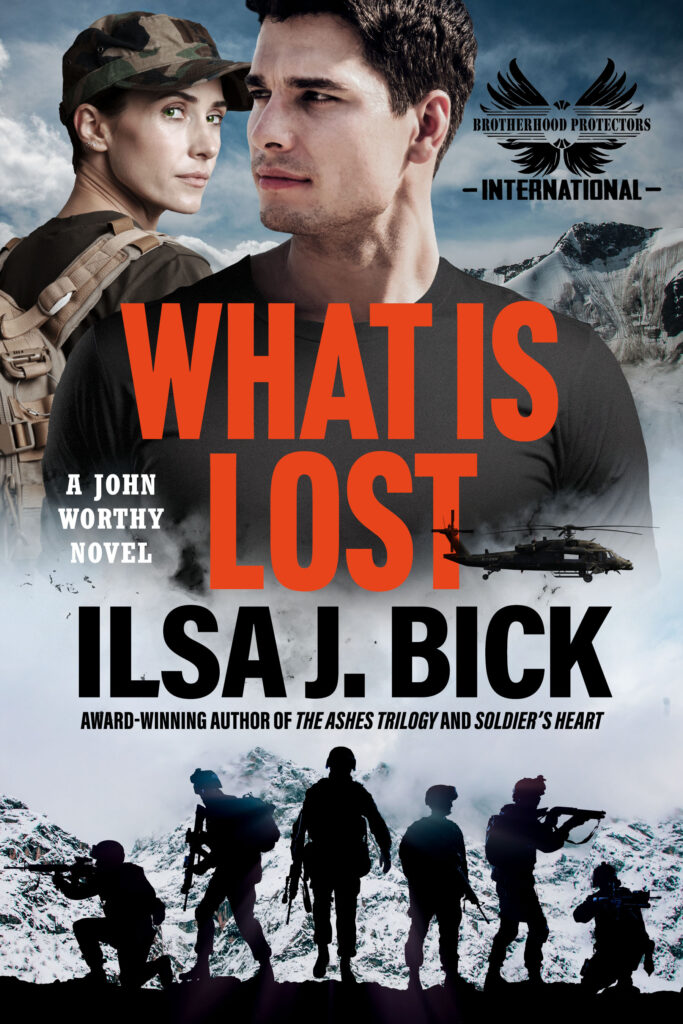

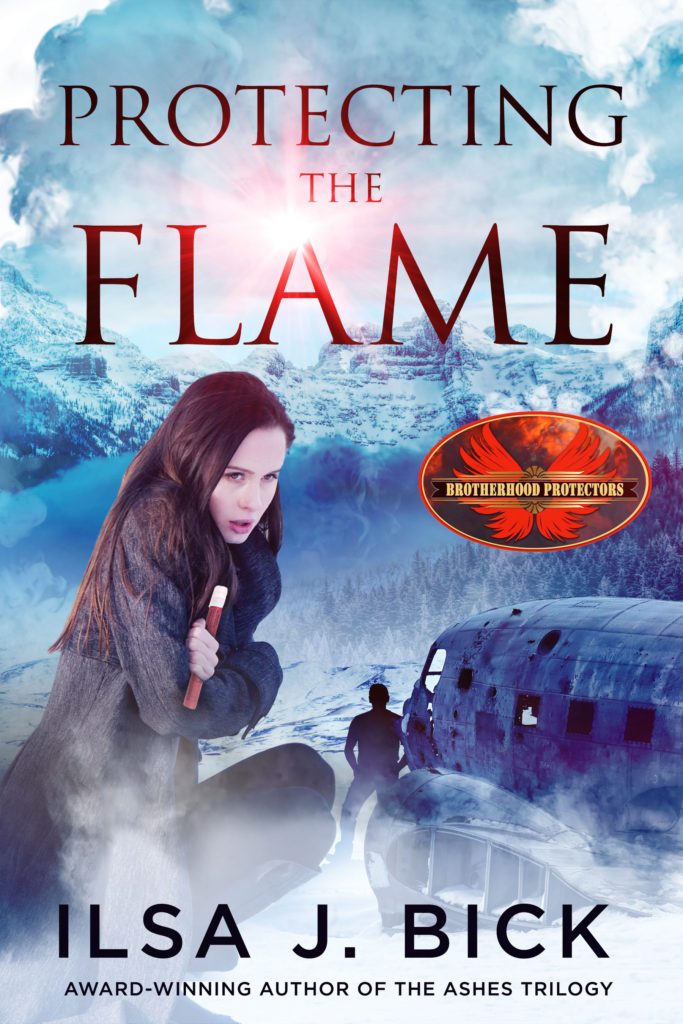
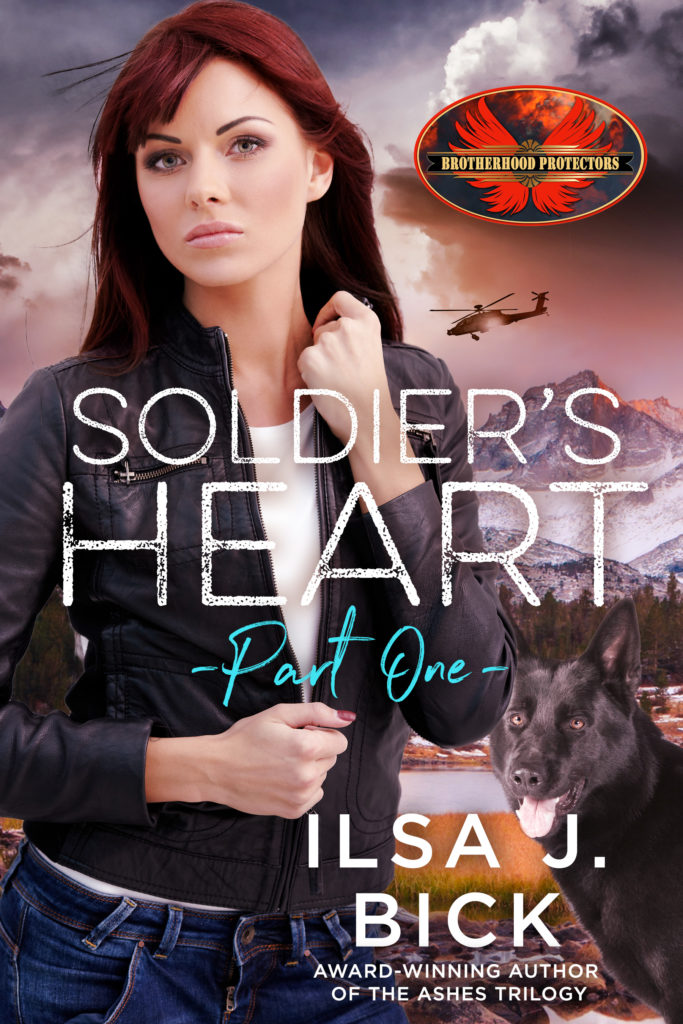
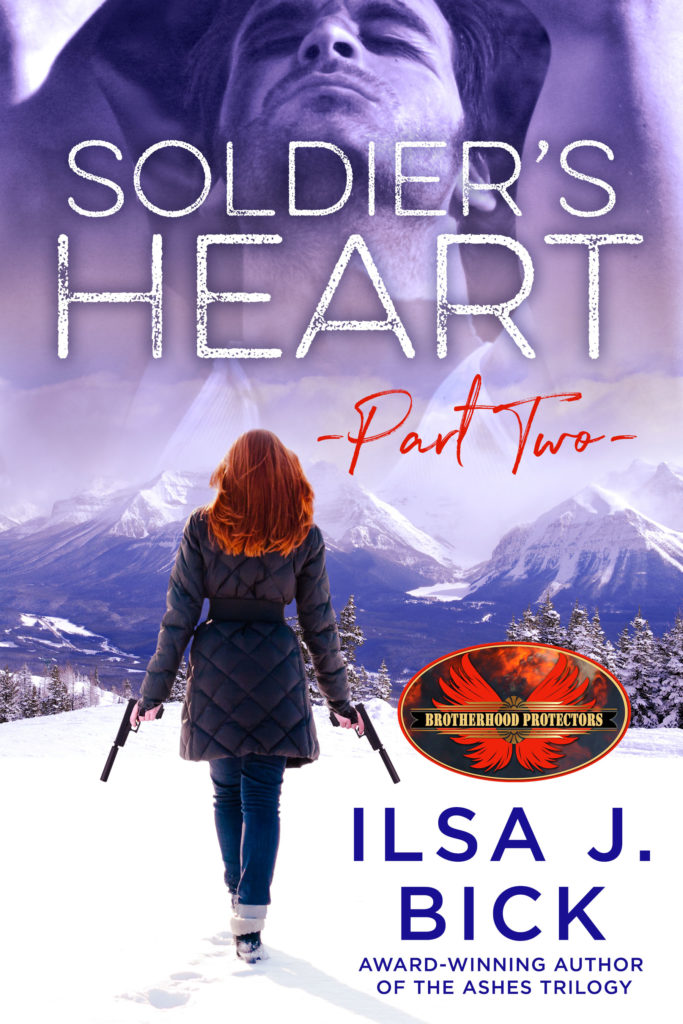
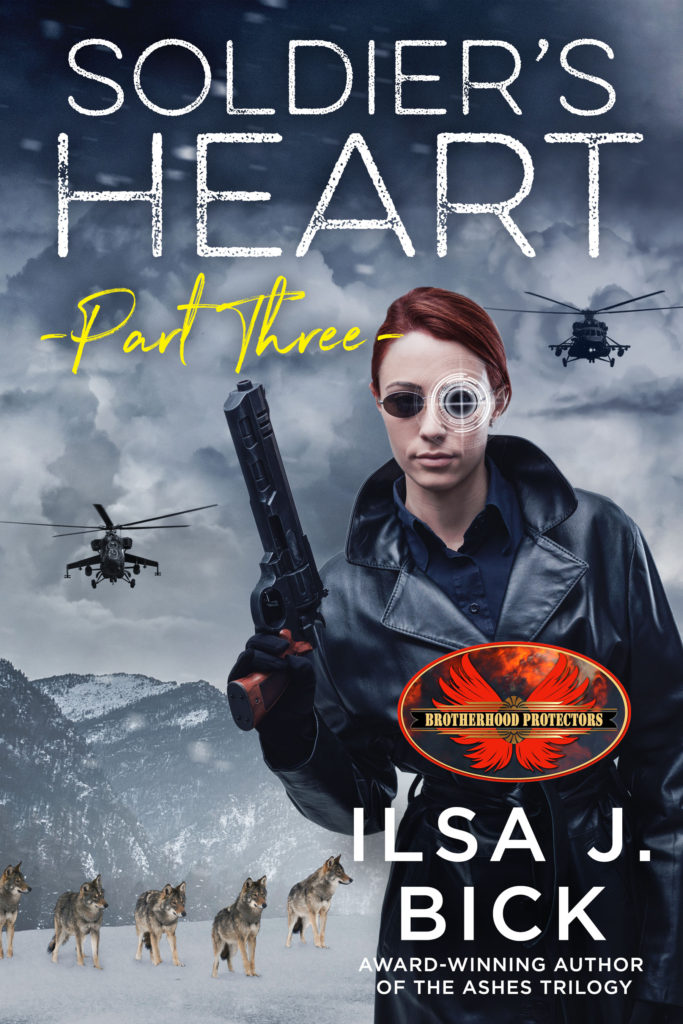
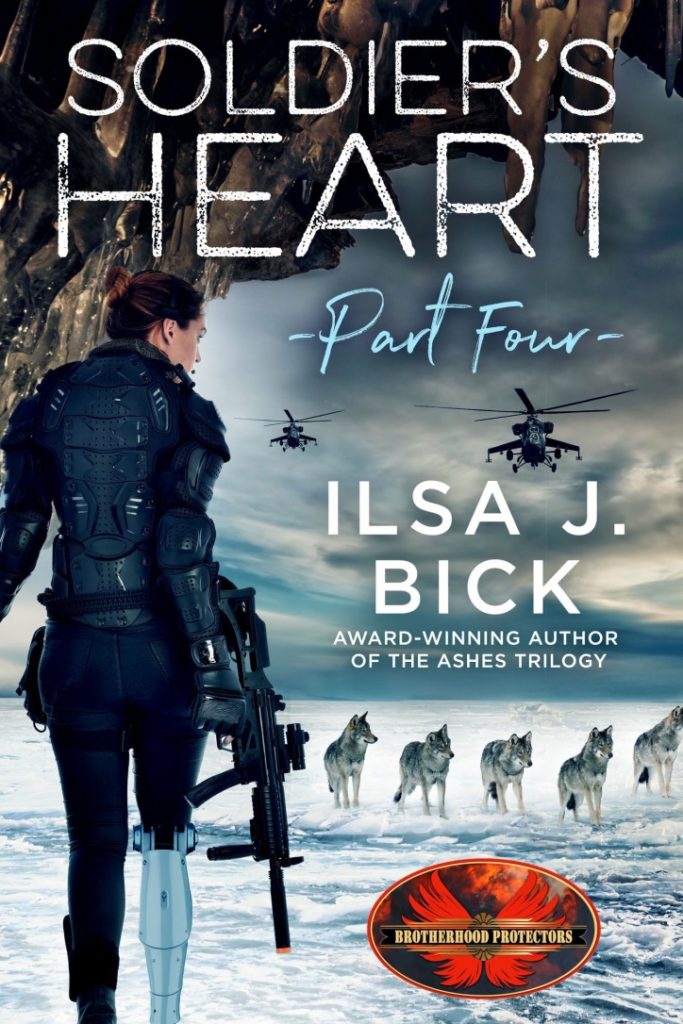
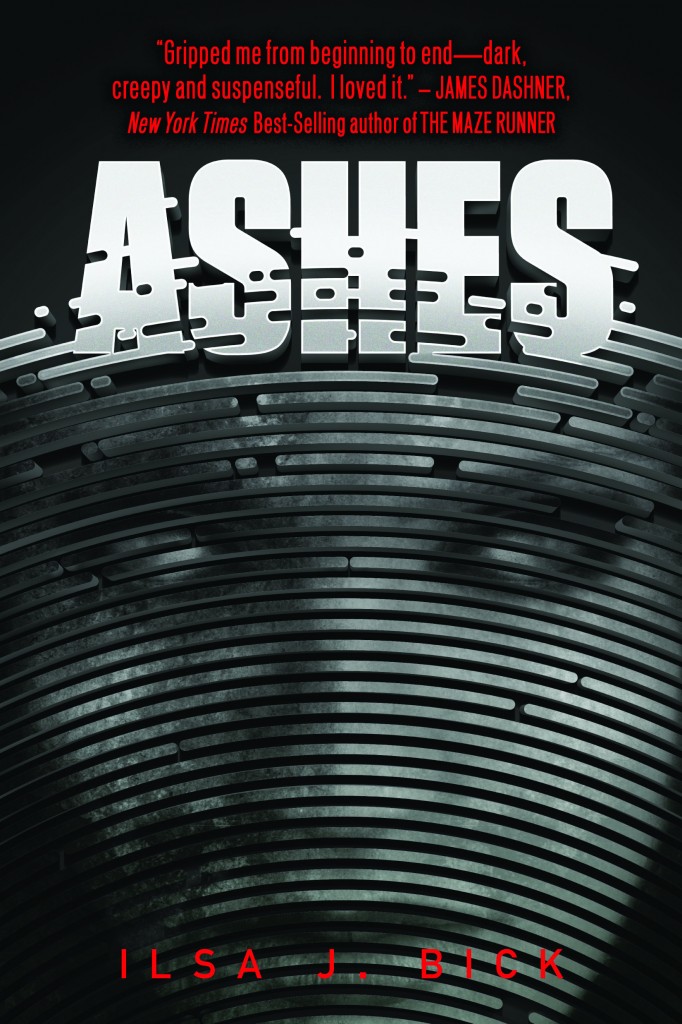
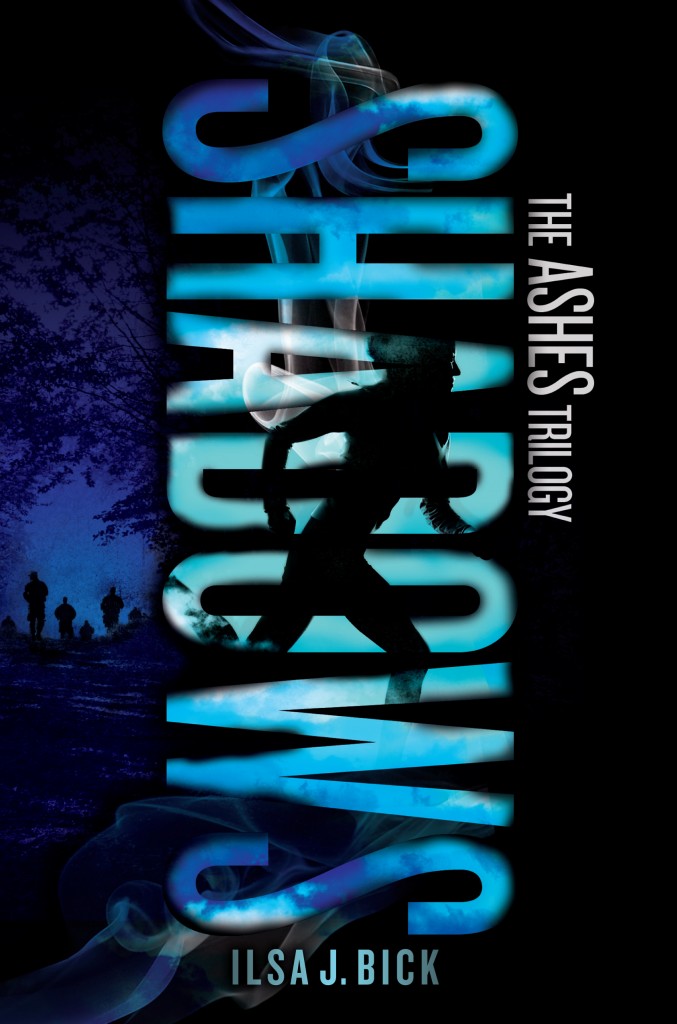
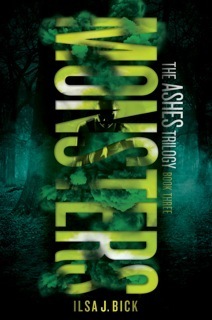
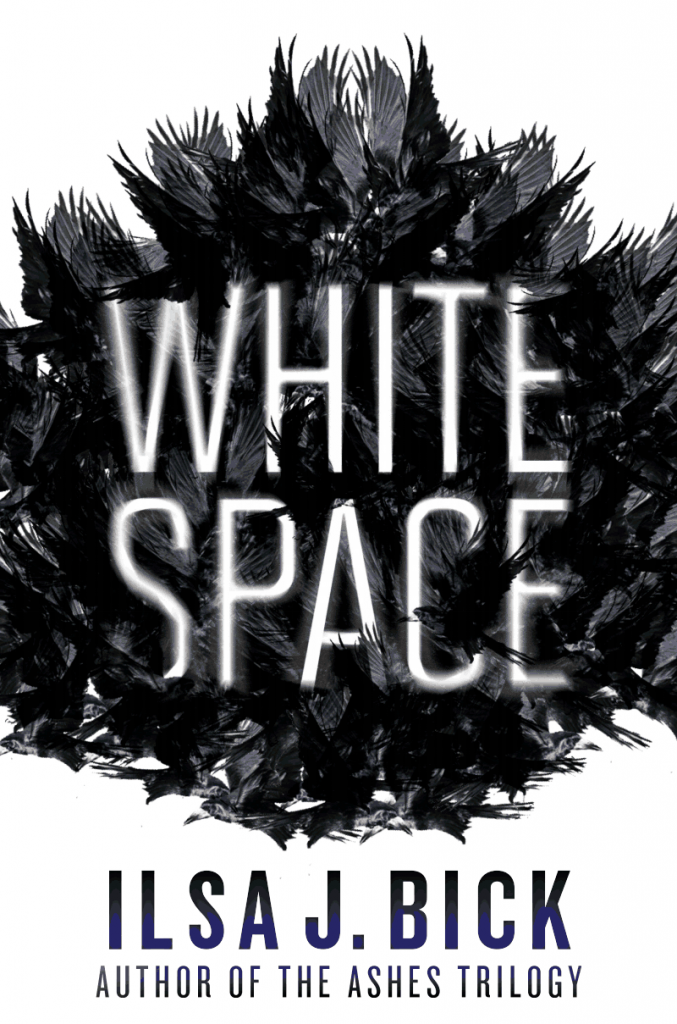
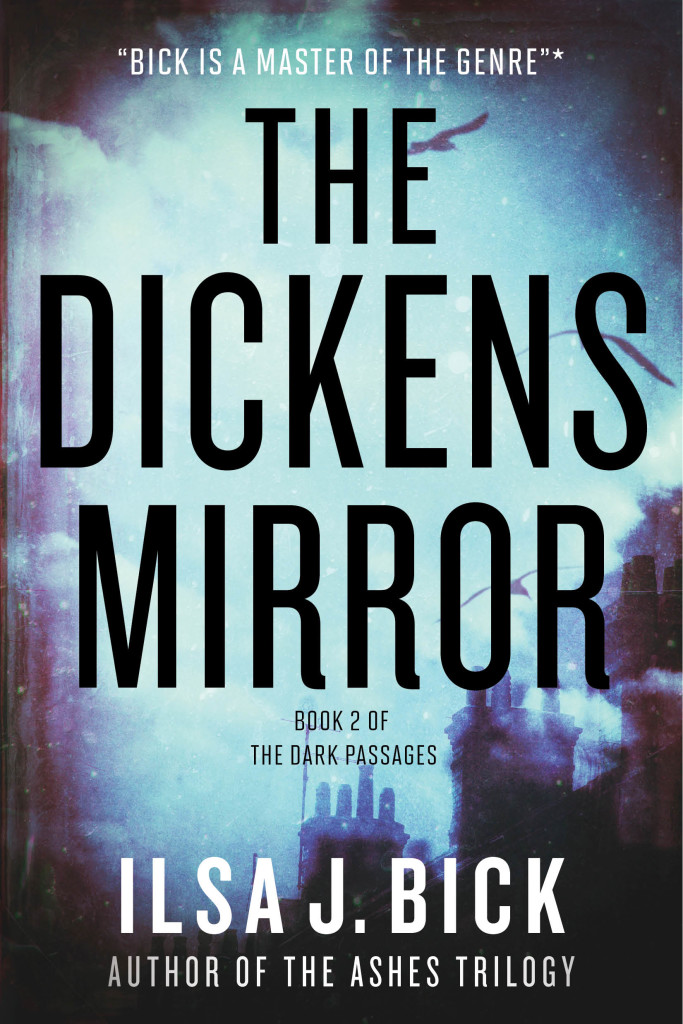
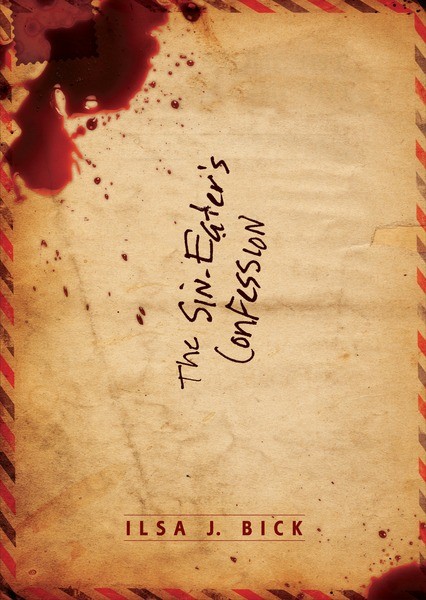
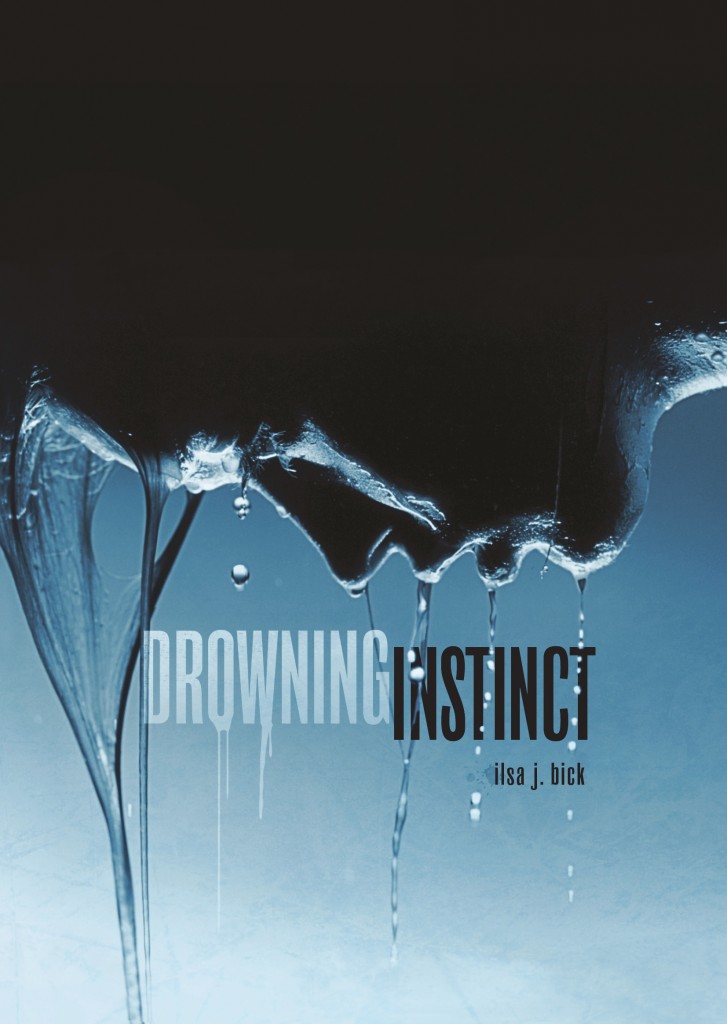
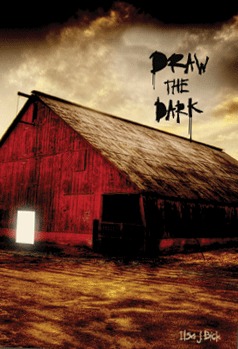
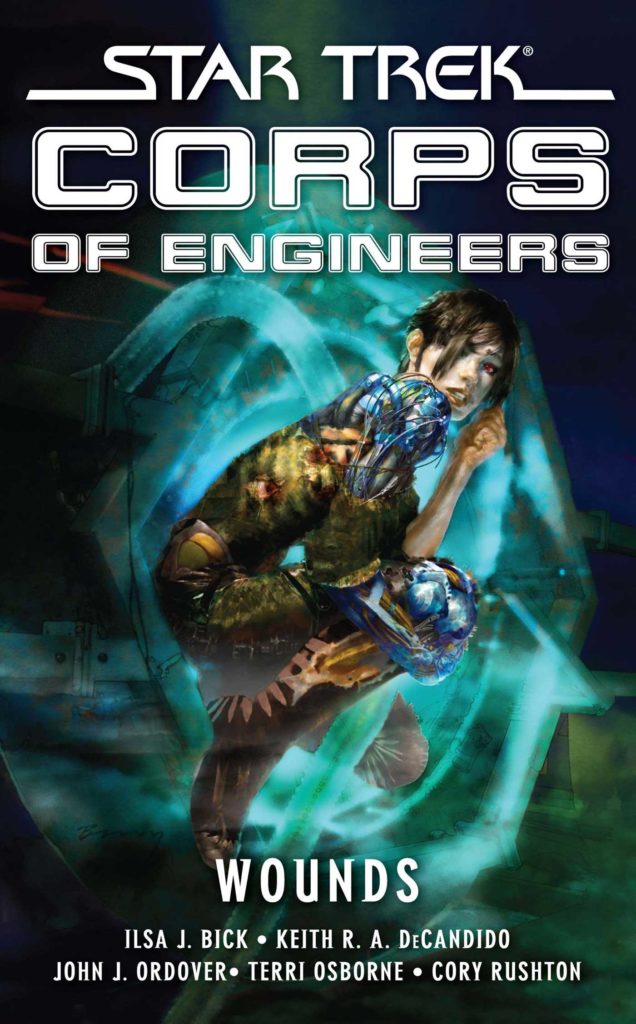


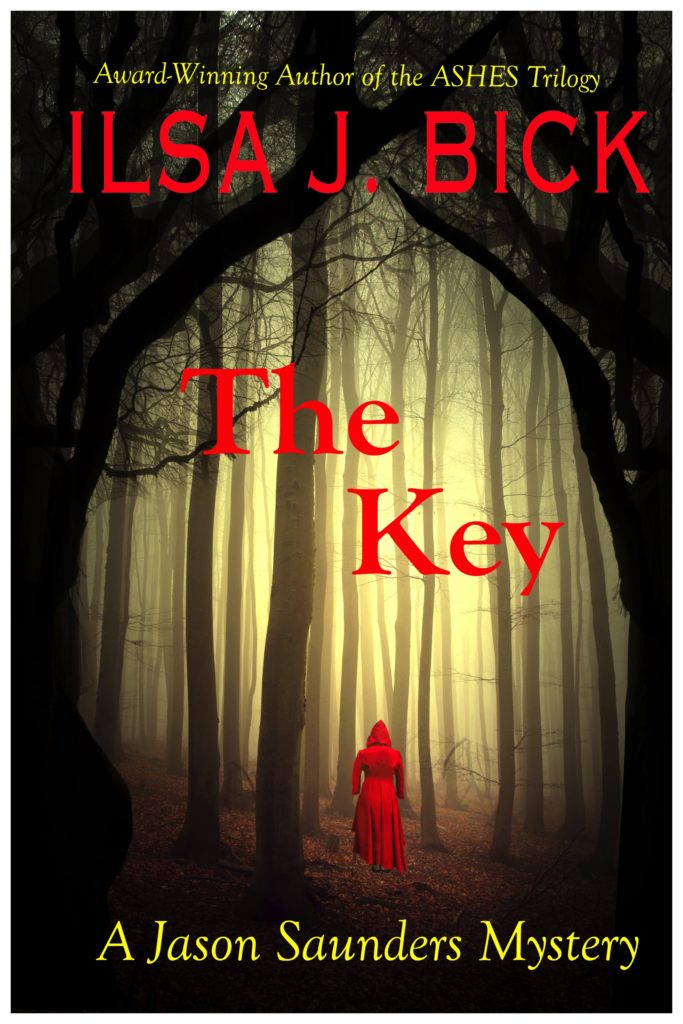
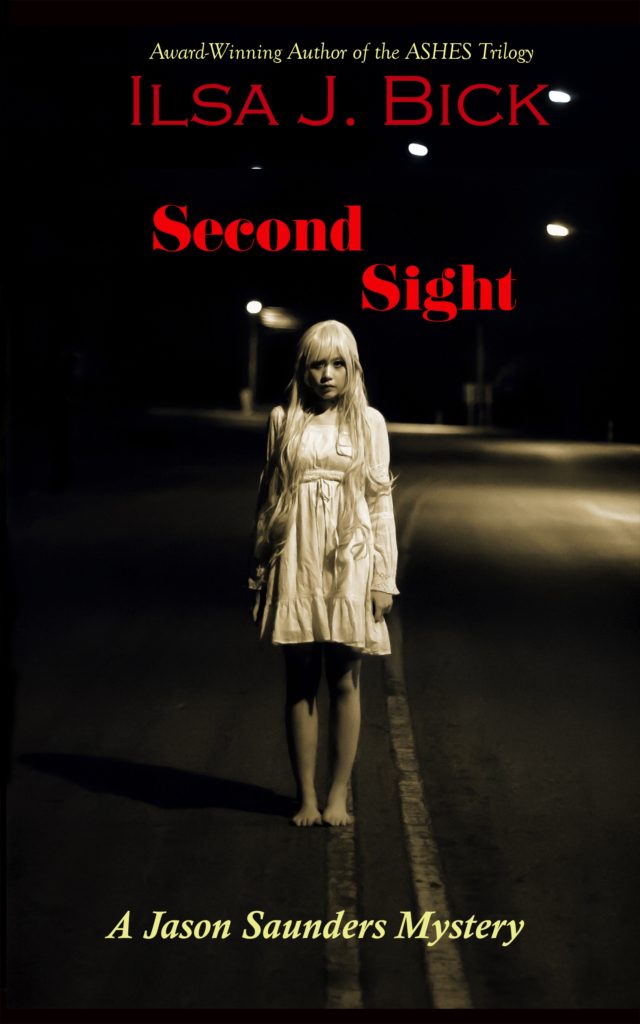
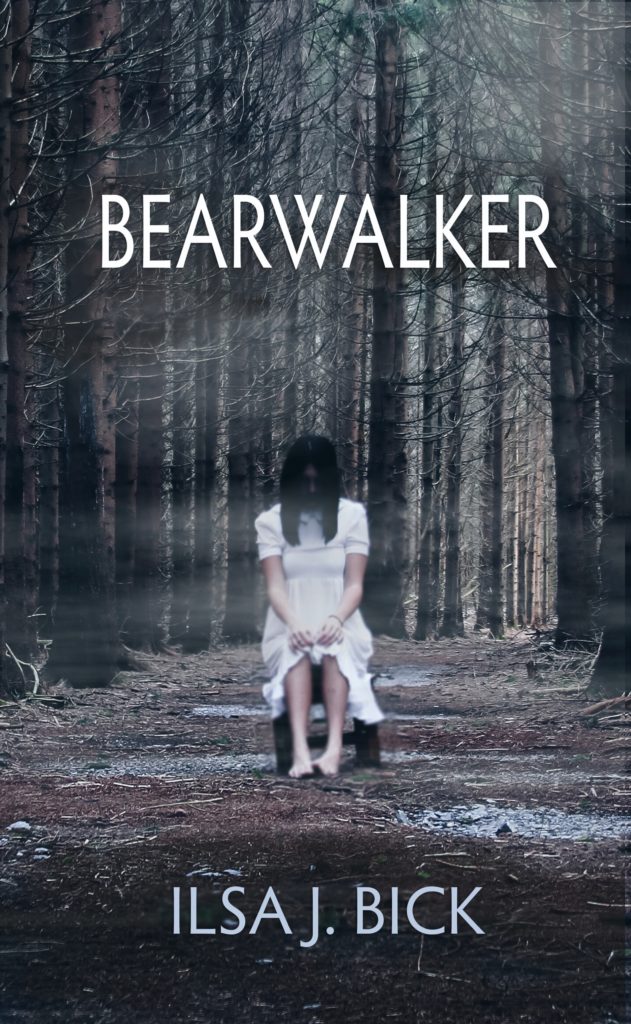
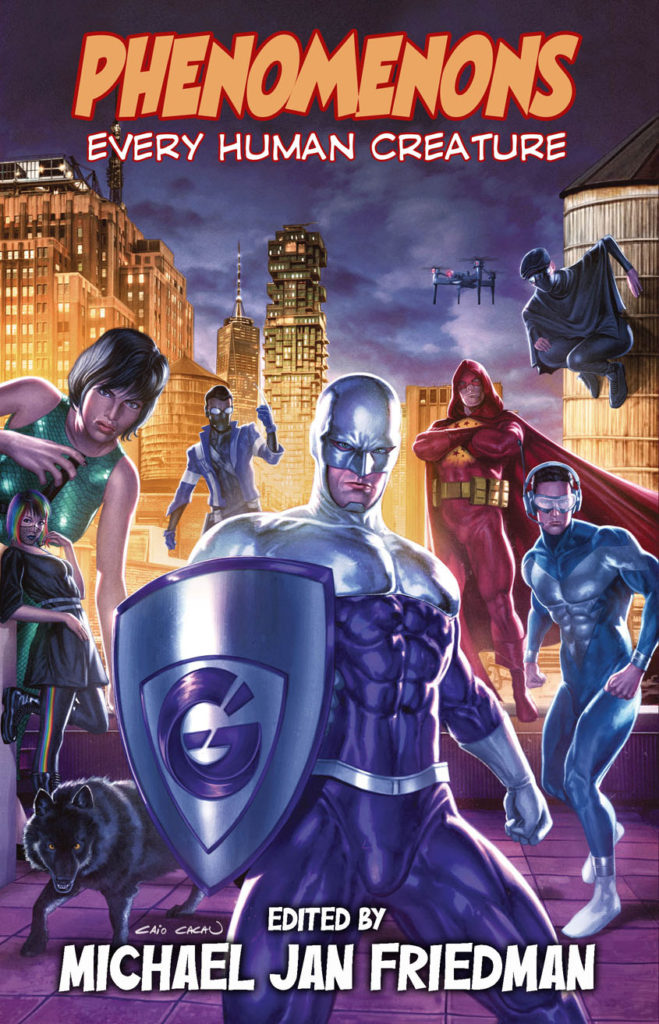
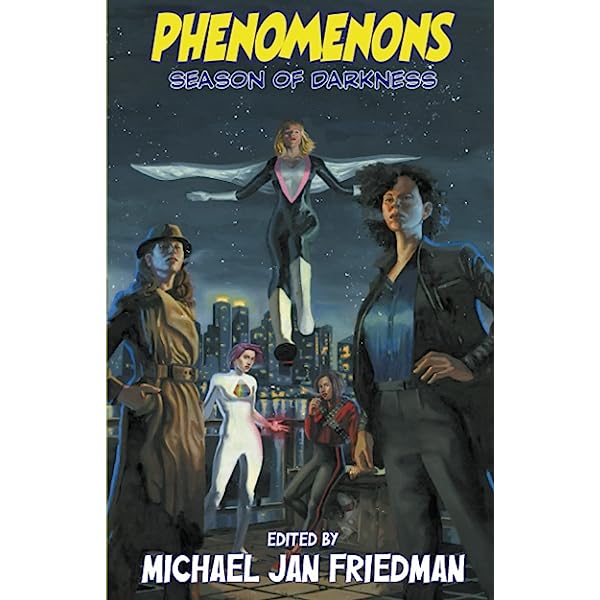

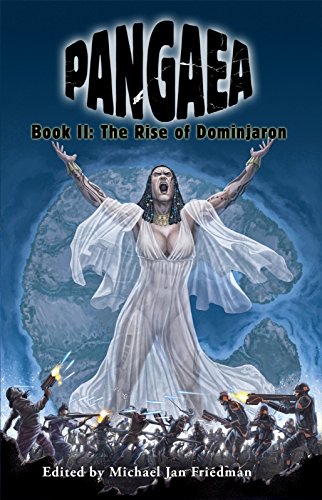
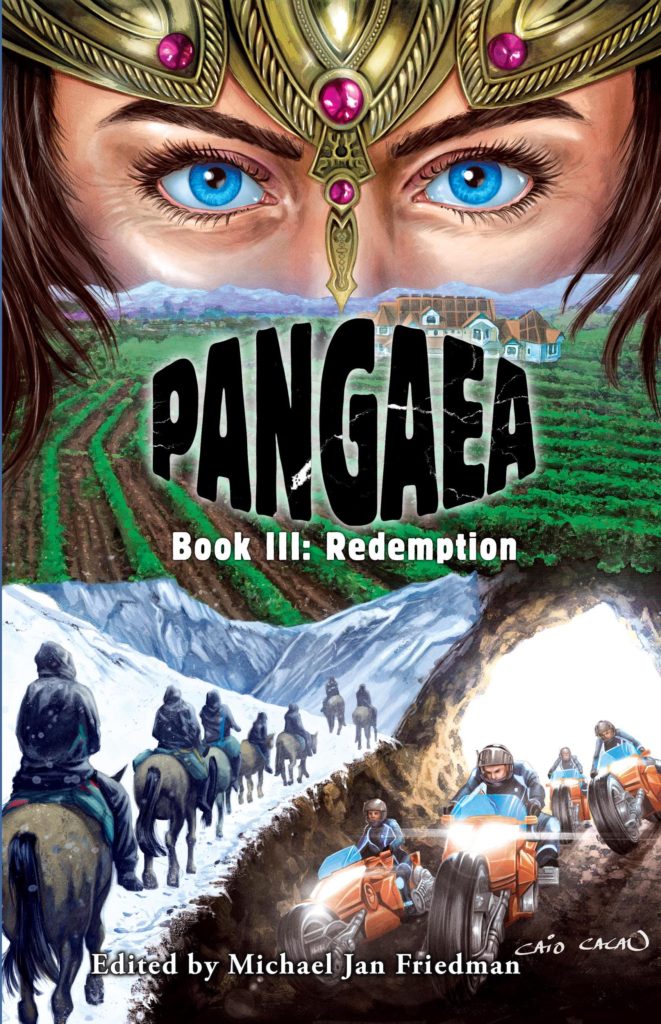
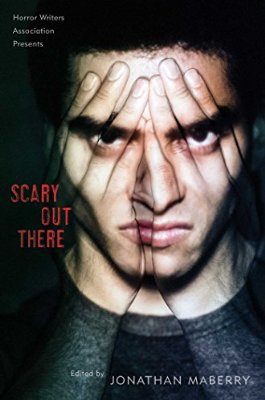
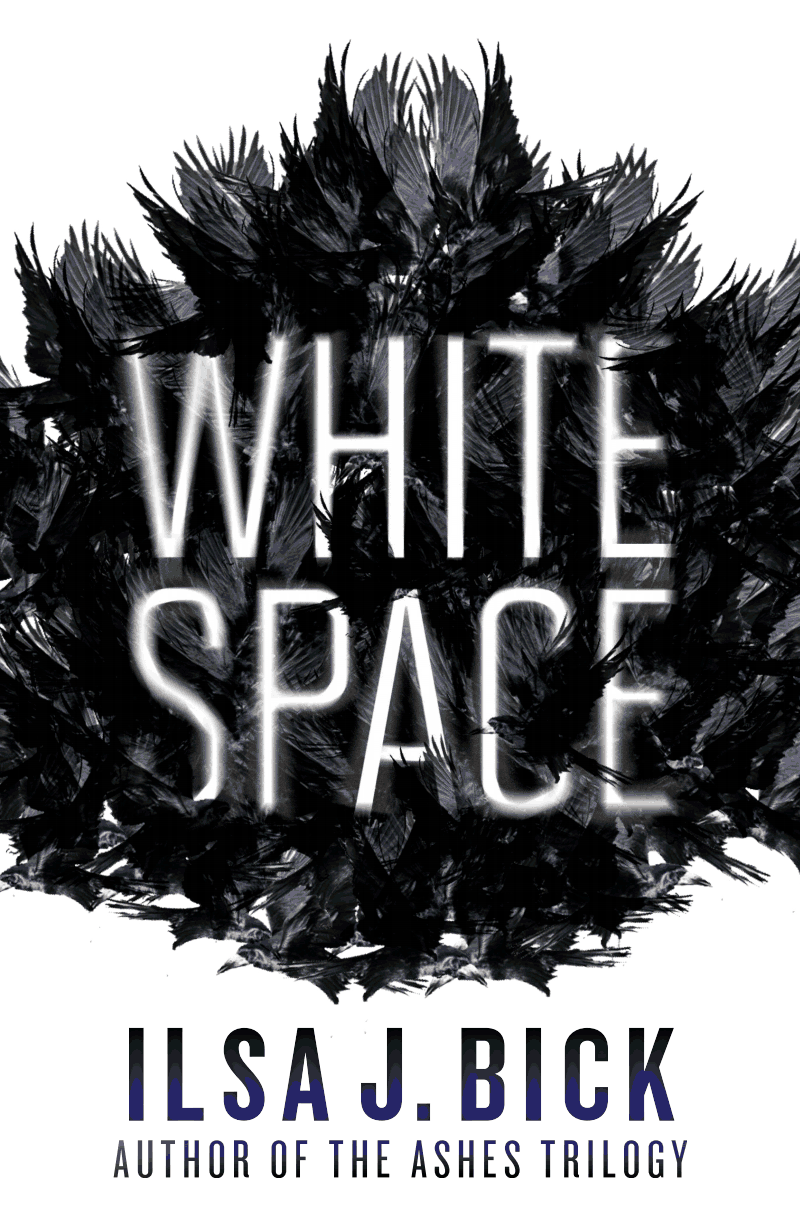
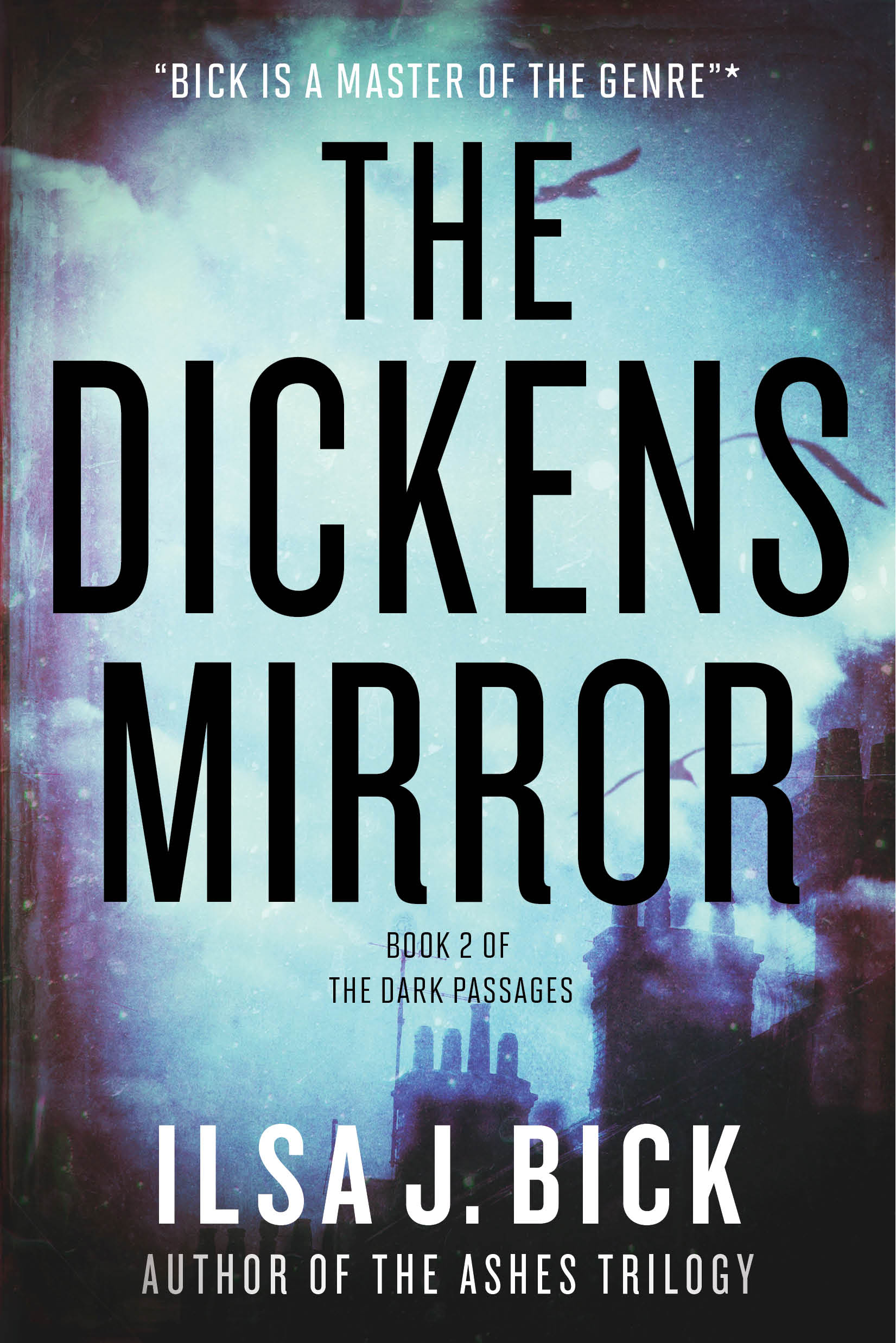
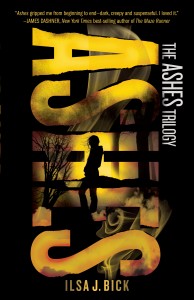
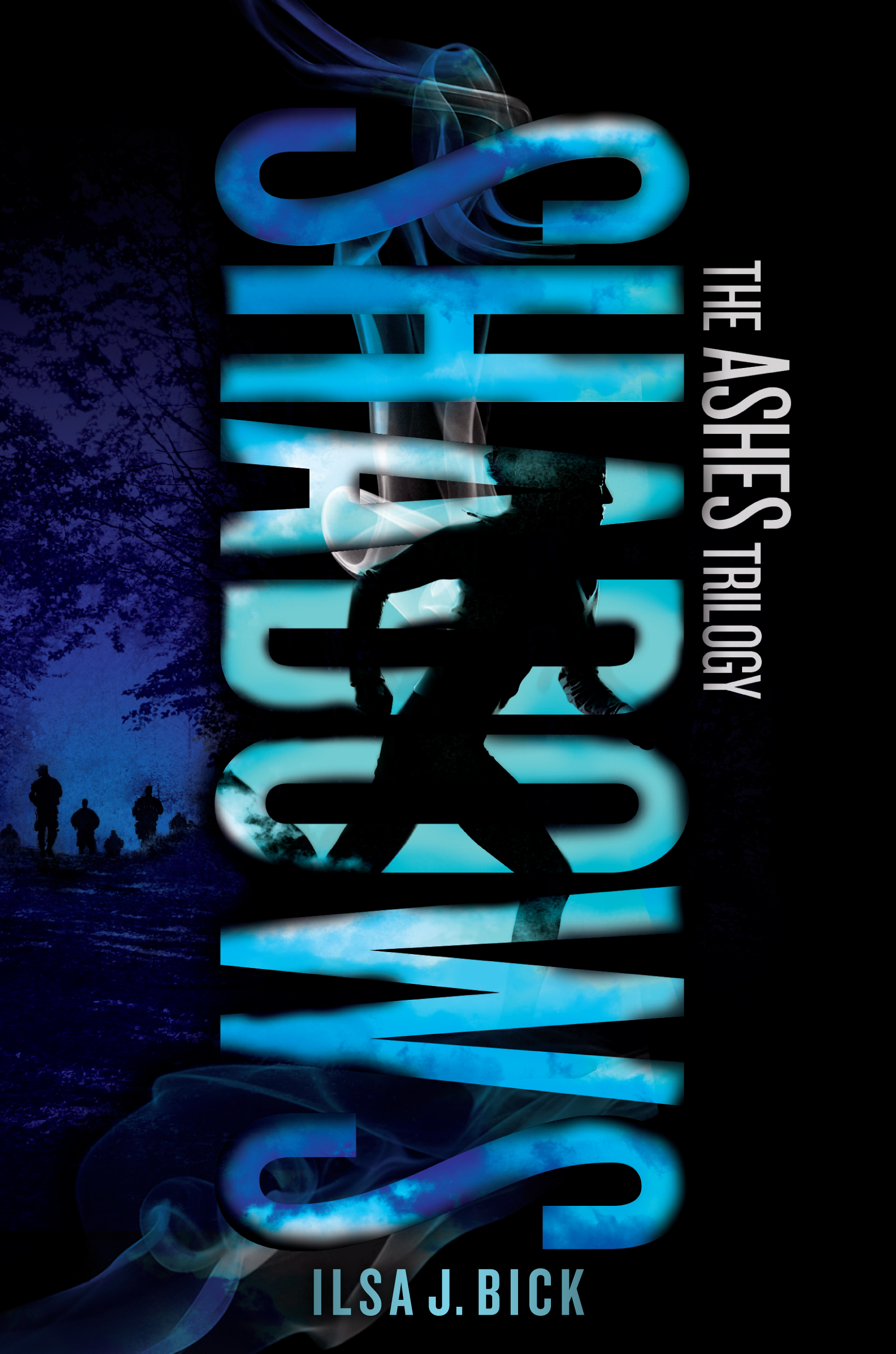
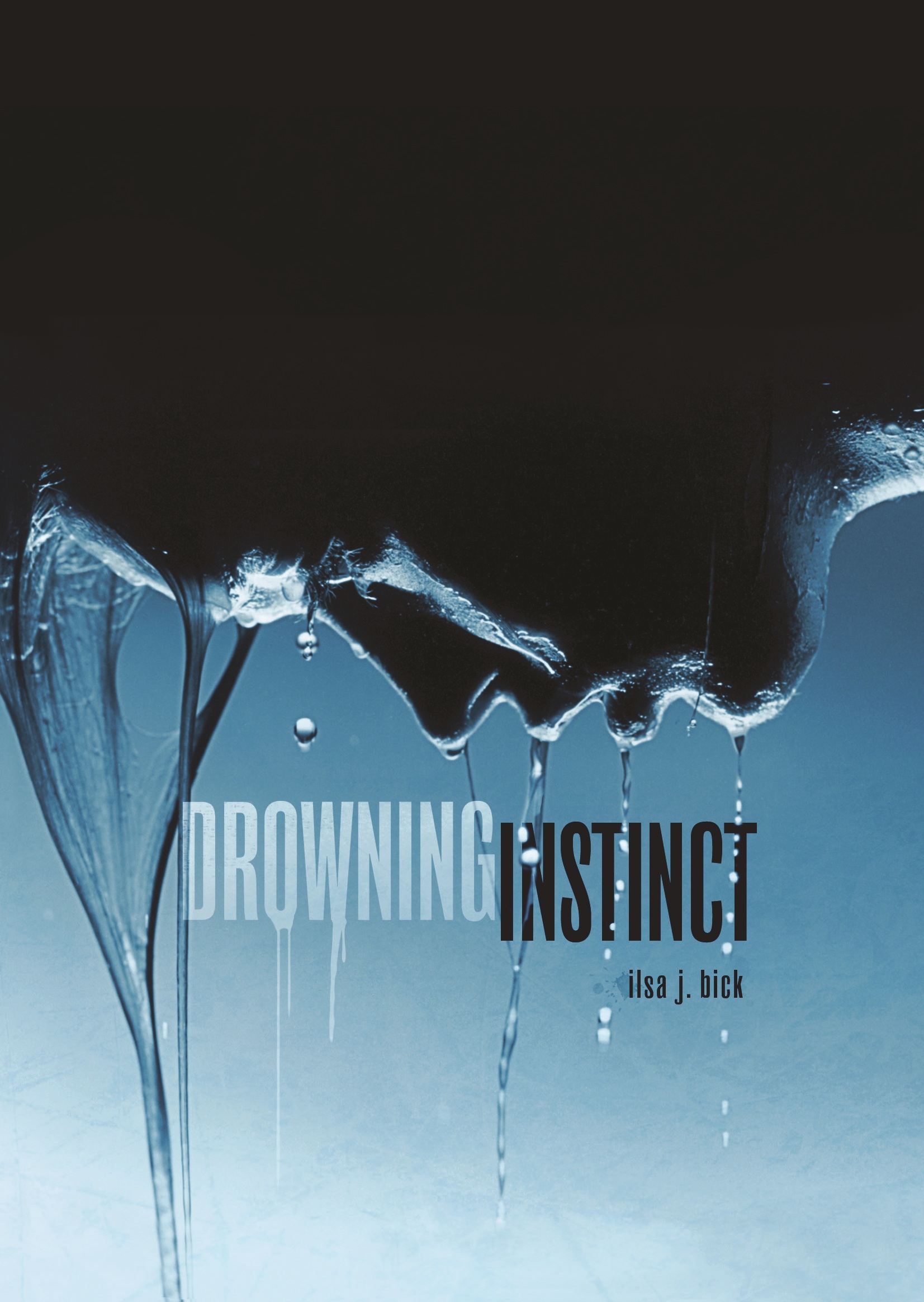
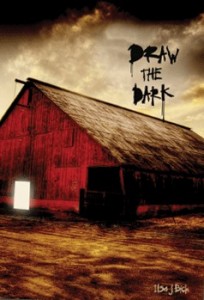
i recently read the ashes trilogy. i was surprised to find that you had this sort of blog.i will be looking more often to see what you write, and i will be reading the “space” book. just wanted to thank you for writing awesome stuff.
Hey, Julian, thanks! Glad you enjoyed the trilogy and I hope you like WHITE SPACE. Yeah, I’ve been remiss here; I was supposed to post the next part of this series last week, but I was on deadline and now my husband has told me I’m on vacation. 😉